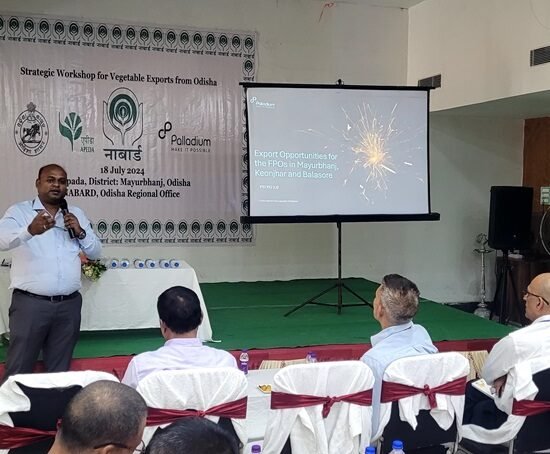
Aditya Sekhri, Associate Director, Strategy & Business Development, Fratelli Wines
The post-pandemic sale of wine has soared and companies are also making the best of it by rolling out new and improved promotional events to rope in newer client bases. To learn more about the market realities of the Indian wine industry and its business roadmap for the future, AgroSpectrum had an exclusive one-on-one with Aditya Sekhri, Associate Director, Strategy& Business Development, Fratelli Wines Pvt Ltd. Edited excerpts;
What changes would you single out when drawing parallels between the history of India’s wine exports and the present day?
Since it was first established, the export of Indian wines has been a fruitful channel that has successfully brought us into the world arena. Despite the fact that the volume of Indian wine exports is still relatively low in comparison to the sales of domestic wines or imported wines in India, the category has been growing steadily post-COVID and will continue to be a major focus area for all domestic wine producers to make the brands recognised globally. In India, sales of domestic wines or imported wines make up the majority of the market.
Do you feel that the increased focus toward wellness is helping the domestic alcoholic beverages market?
The consumers of today, across all segments of the liquor industry, are a lot more health conscious than they were probably 10 years ago. Given that wine is perceived as a drink that has certain positive effects on one’s health, I believe that the consumption of wine in India should only continue to rise. It is important to educate new wine consumers, despite the fact that this particular factor is only projected to play a supporting role in the anticipated expansion of the wine business.
Could you comment on the rising popularity of Indian wines abroad?
It is heartening to observe the growing popularity of Indian wines in other countries. I believe Indian wines are being exported to somewhere around 20 nations, and I see both the overall volume and this number growing at a good rate year over year (YoY). When it comes to Fratelli, the majority of our exports originate from varieties such as Shiraz, Merlot and Chardonnay.
How does India fare in comparison to other global wine producers?
India has already come a long way, and the gap between us and other global powerhouses is getting smaller every year. However, certain factors, such as more uniform taxation policies across the country and technological improvements on the viticulture side, will enable us to reduce the gap even further.
Is the Indian wine industry leveraging technological knowhow to produce high-quality wines, at par with international brands?
The numerous accolades received by local producers in the past 10 years is a validation of many of the efforts made to make Indian wines equivalent in terms of quality to global powerhouses. In light of this, we at Fratelli are making more use of technology and working harder than ever before, both in the vineyards and in the winemaking facilities, to ensure that we continue to advance and establish new standards for ourselves each year.
What are your expectations from the current government?
The nation’s many stated policies need to become more standardised and competitive in their dealings with the country’s various domestic wine producers.
By Nitin Konde




